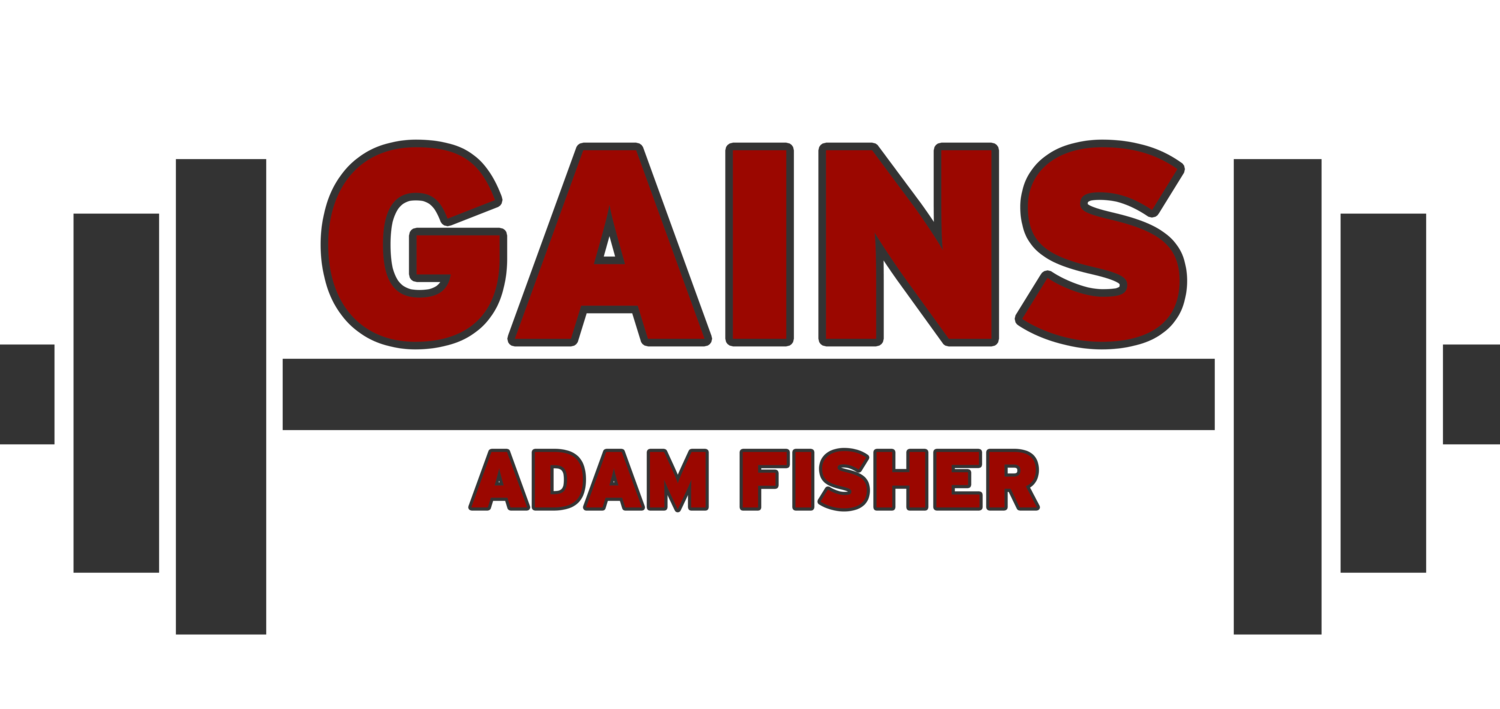

Why Strength Fluctuates
Strength fluxuations are a natural part of training and aren’t necessarily a sign that you’re not getting stronger or something is wrong with your training program. As long as there remains an upward trend over time, you’re good! Stress, sleep schedule, recovery time, and how much you’re eating can all effect how strong - or not - you are on any given day. Disrupted training, like going on vacation or being sick, can also cause a dip in strength, but these setbacks are usually minor and getting back to your pre-break levels happens relatively quickly. The changes in strength can often be small numbers, too small to be noticed when the minimum weight you add is at least 5 pounds. The use of smaller fractional plates help make the flucuations in strength more clear.

Strategies For Incorporating More Protein Into Your Diet
Most people aren’t eating enough protein, which can stall or compromise the gains they’re working toward. Optimal protein sources will have at least 1/3 of their calories coming from protein, but ideally it should be much higher than the amount of other fats and carbs in the food. Keeping a variety of protein rich foods that don’t require prep (like protein powders, meat jerkies, or high protein yogurt) or minimal prep (like frozen fish, ground meat, or tofu) also helps from getting bored or not having enough time to eat enough protein.

Optimal Pectoral Size Training
There are different strategies for training pectorals depending on if your goal is size, strength, or a combination of both. In general, the muscles in the upper body recover more quickly, meaning that you can/should train those lifts more frequently. The pectorals benefit from exercises that push wider ranges of motion - which is why the barbell bench press isn’t the ideal exercise for increasing pec size. Paused reps, “squeezing,” and slow, deliberate movement are key. Inclines and variations are also important to target all of the pectoral muscle fibers. Be sure to include horizontal presses, vertical presses from below, and the incline fly.

Can We Target Individual Muscles?
Different exercises for the same muscle groups do work muscles differently, but not in the hyper specific way that people think it’ll tighten, lift, or radically create muscle growth. Variety in exercises to make sure the entire muscle group is strengthened can be incorporated into workout routines, but more variety doesn’t mean better/more gains. If you have a good program with a little bit of variety, it’s more important to focus on consistency and adding weight over time, rather than worry about tweaking exercises.

How Beginner Lifters Mess Up Their 1RM Attempts
Testing your one rep maxes (1RM) is a way to measure strength progress, but there are a lot of wrong ways to go about them. Attempting maxes too frequently or too soon, wasting your energy during a warm up, or not tapering/peaking beforehand, can all lead to 1RM that aren’t representative of your strength. It’s extremely important to take proper precautions when doing 1RM because the heavier the weight, the more likely it is it’ll cause a serious injury if something goes wrong. Remember that there are many other ways to measure strength and progress, and not meeting your goal on a 1RM is not the end of the world, nor proof that your training isn’t working.
